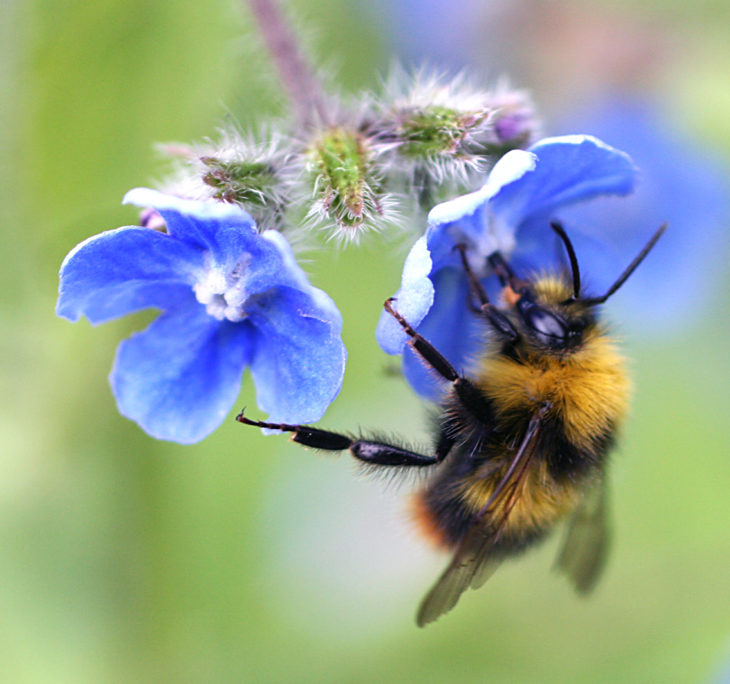Contribute to bumblebee conservation through citizen science
This week our new intern Vicki and I spent a day in Edinburgh at the Sustrans office learning all about Bumblebees with the Bumblebee Conservation Trust. This was a really useful course as at the Falls of Clyde we carry out monthly Bumblebee transects for the Bumblebee Conservation Trust and knowing what we are looking at is an important part of providing accurate data.

Sustrans are a charity that are promoting sustainable transport in the United Kingdom and one of the things they have set up is the National Cycle Network. They are hoping to monitor the wildlife on these networks and one of the things they are encouraging members of the public to do is to set up their own BeeWalk Transect roughly 1 to 2km in length. If you are interested in carrying out a monthly transect on a cycle route in your area check out https://www.sustrans.org.uk/volunteer/get-involved/vacancies/sustrans-volunteer-beewalkers-help-us-monitor-bumblebees-national for more information. The data collected in these surveys is sent to the Bumblebee Conservation Trust and helps monitor the changes in distribution and abundance of bumblebees in the UK. If you don’t live near one of these routes you can also go directly to the Bumblebee Conservation Trust website and see what is available in your area.
At first it can be a little daunting trying to identify Bumblebees. In Scotland there are seven common species that you could come across but with a closer look each one of these has its own unique banding pattern and other smaller features to look for. The Early Bumblebee for example has an extremely long tong compared to other species and also has a red tail band. The only other of the common species with a red band is the Red Tailed Bumblebee but this lacks most of the yellow banding of the Early.
Citizen science projects such as BeeWalk are very important in monitoring wildlife in the UK. Having a continuous amount of data that these projects generate allows changes in distribution and abundance to be seen and can help come up with strategies to overcome these changes and understand the reasons for this. Bumblebees are incredibly important to us because of the pollination they carry out. Some species of flowers can only be pollinated by Bumblebees and if our bees were to go it would also mean many flowers would go the same way. Bees also pollinate crops that are vital for feeding the population so are an animal we have to protect and monitor.
Carrying out these surveys is a really fun and enjoyable way to spend an hour and it has also helped improve my ID and knowledge of these amazing creatures. I hope some of you can set up your own BeeWalk and if not I encourage you all to go out and find and identify some of these creatures for yourself.
Darran Dixon, Falls of Clyde Assistant Ranger
Help support our vital work and join us today!
Help protect Scotland’s wildlife
Our work to save Scotland’s wildlife is made possible thanks to the generosity of our members and supporters.
Join today from just £3 a month to help protect the species you love.
Preface
This week our new intern Vicki and I spent a day in Edinburgh at the Sustrans office learning all about Bumblebees with the Bumblebee Conservation Trust. This was a really …
